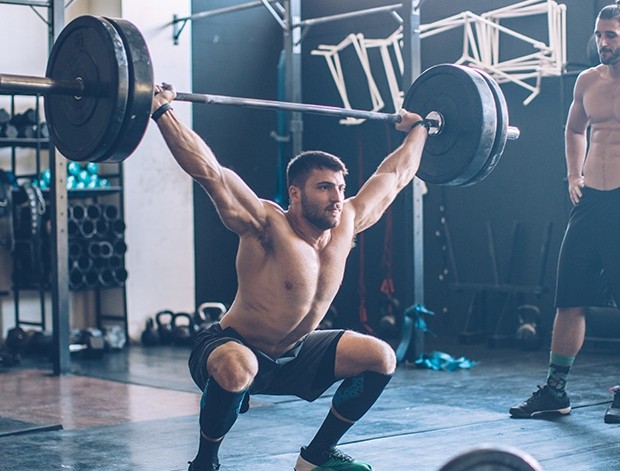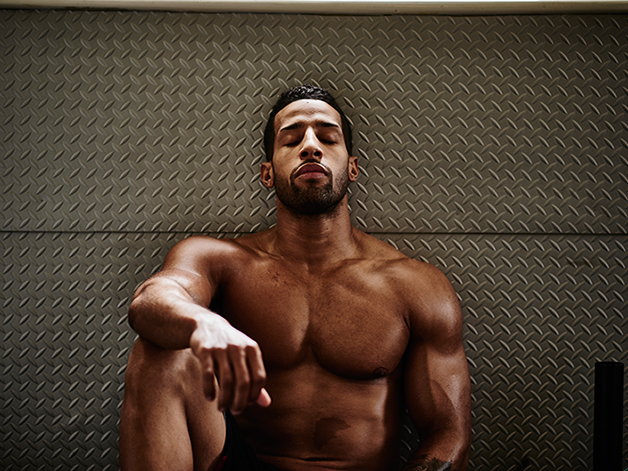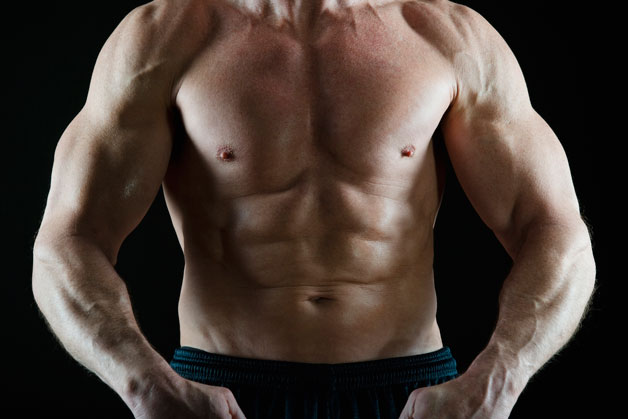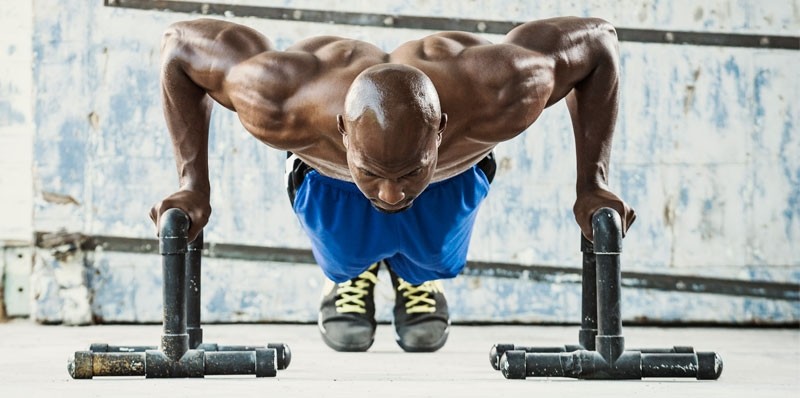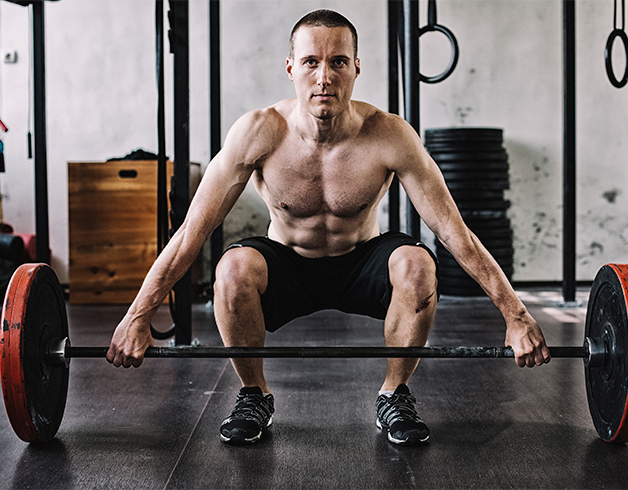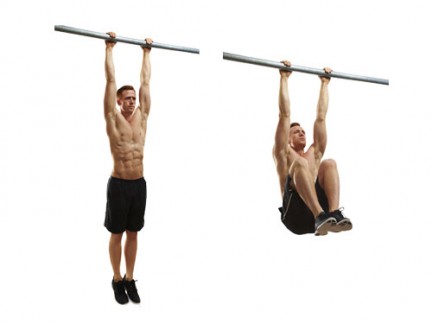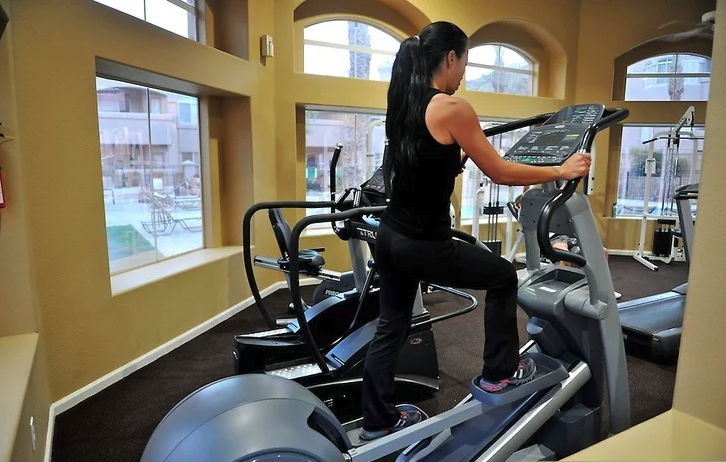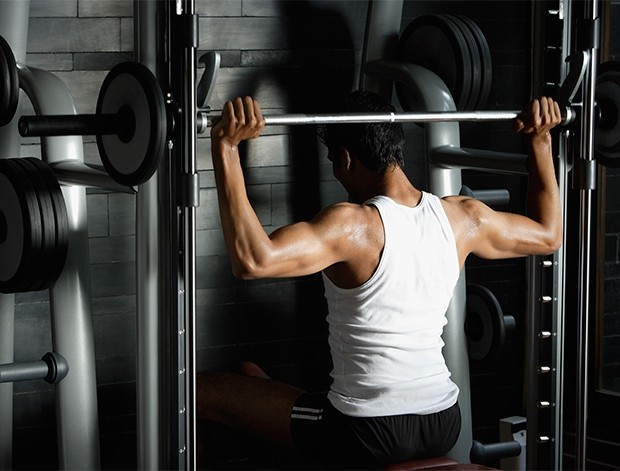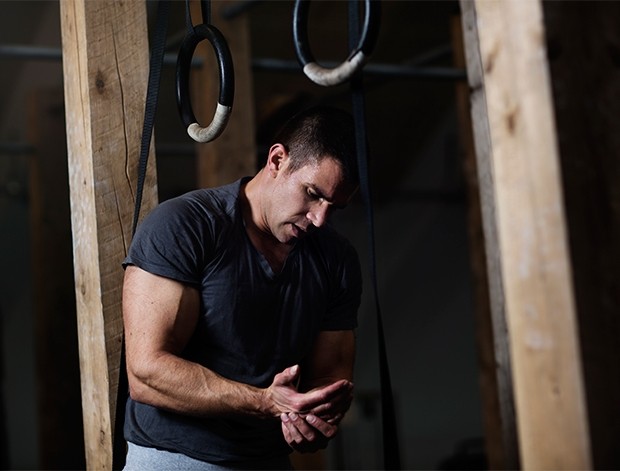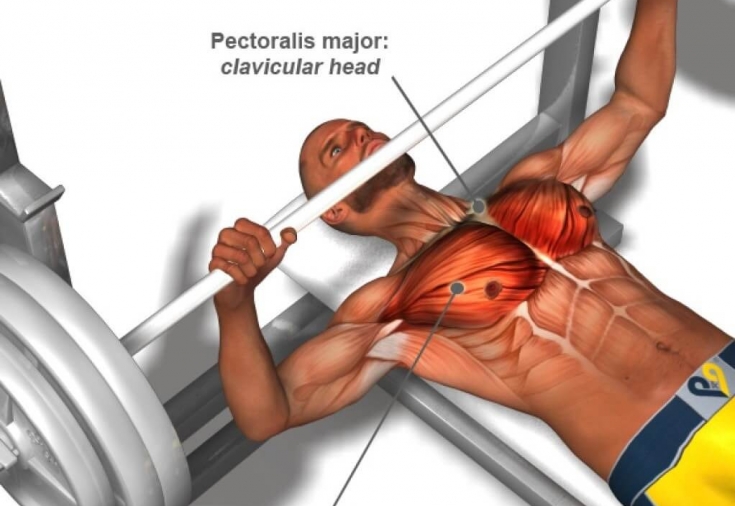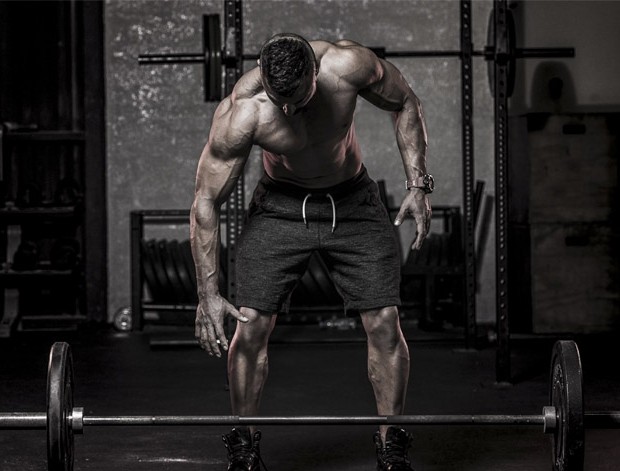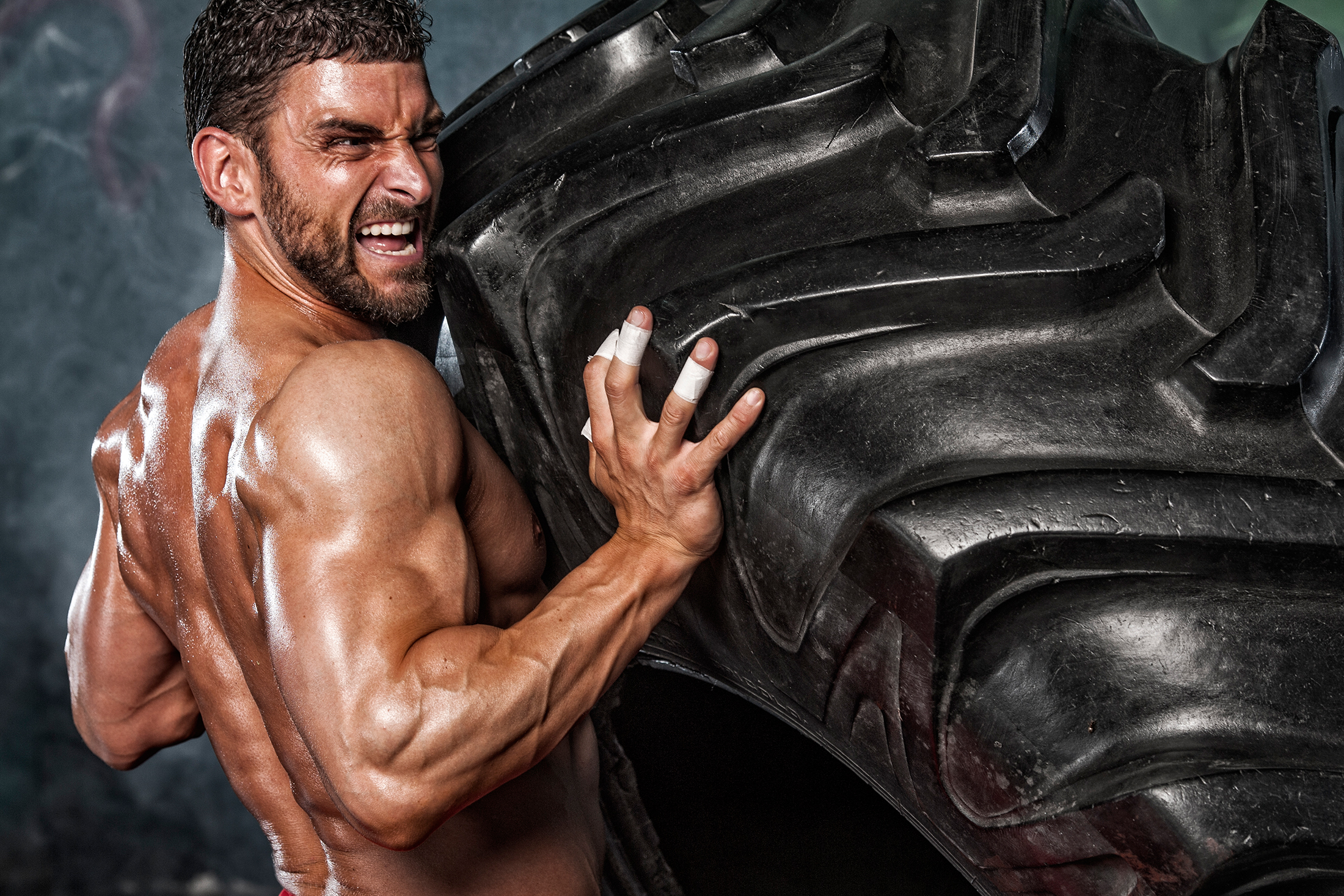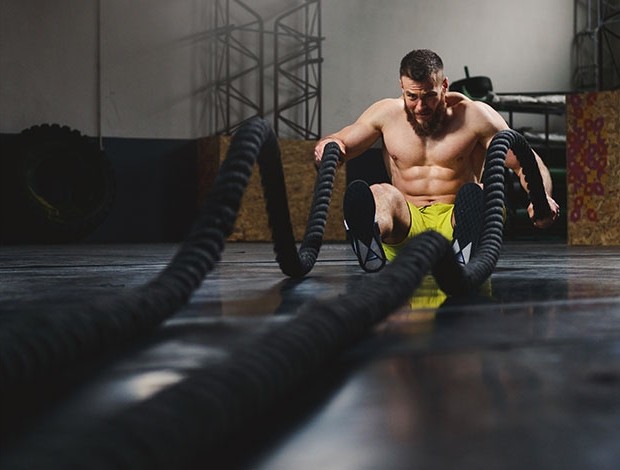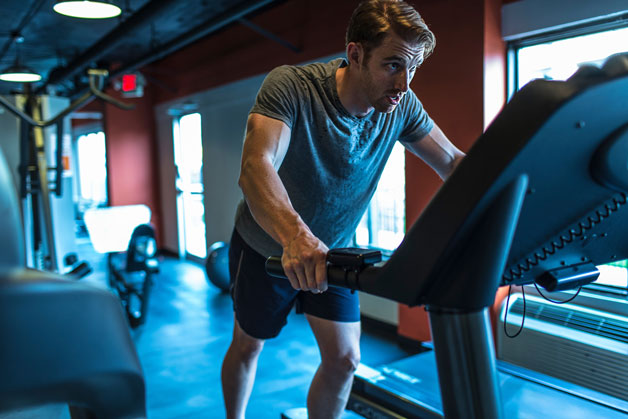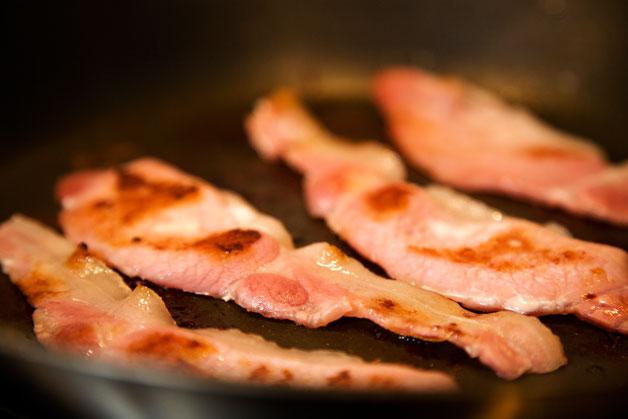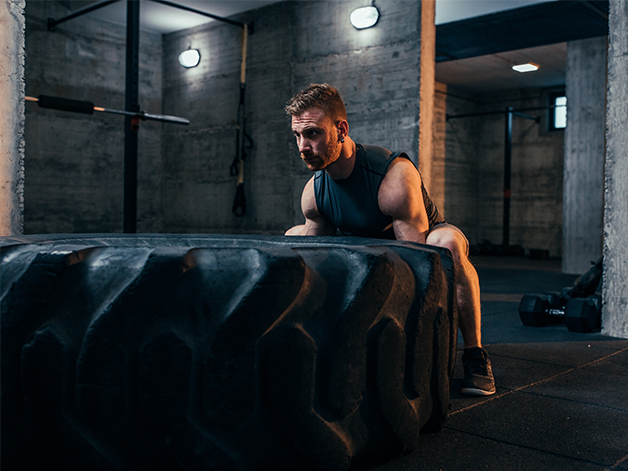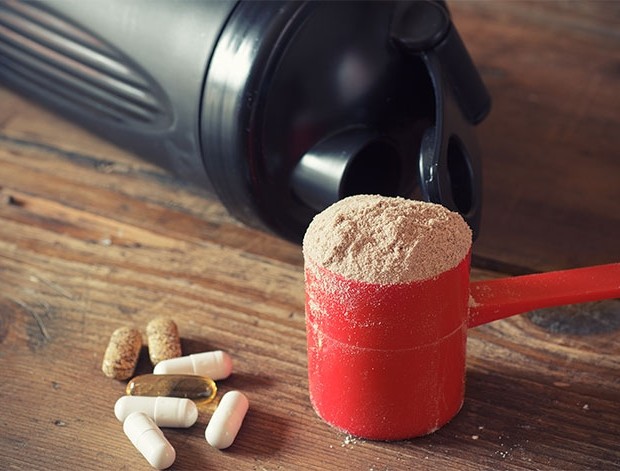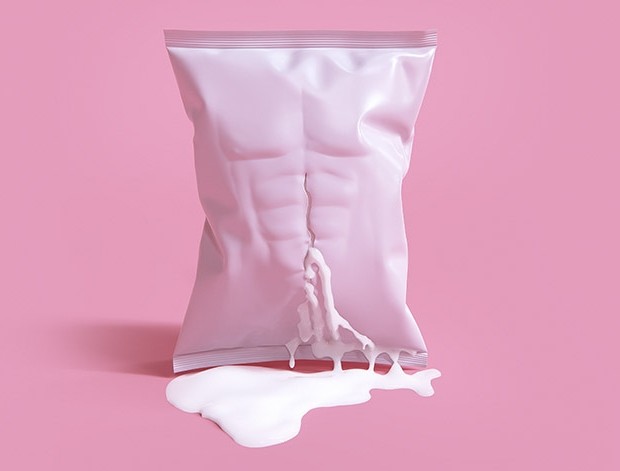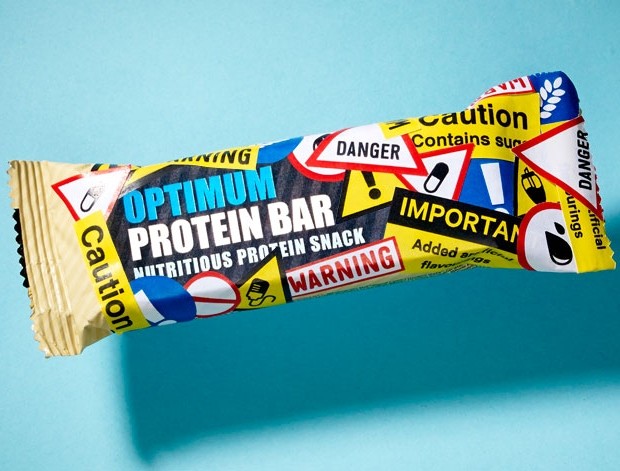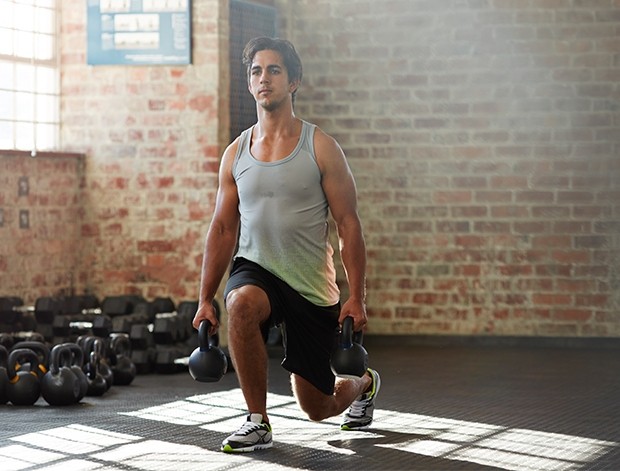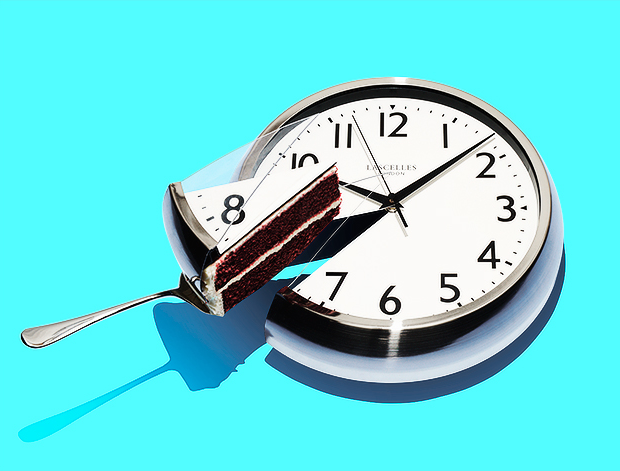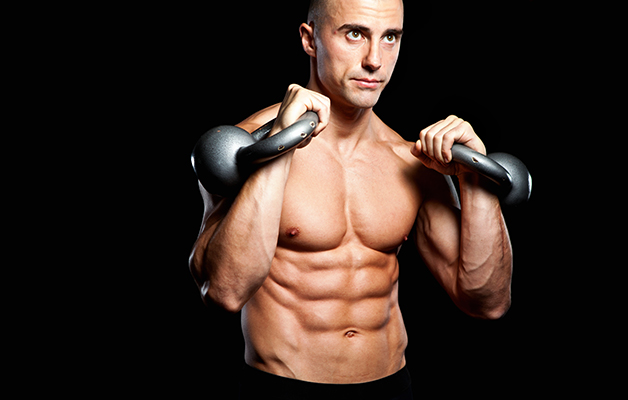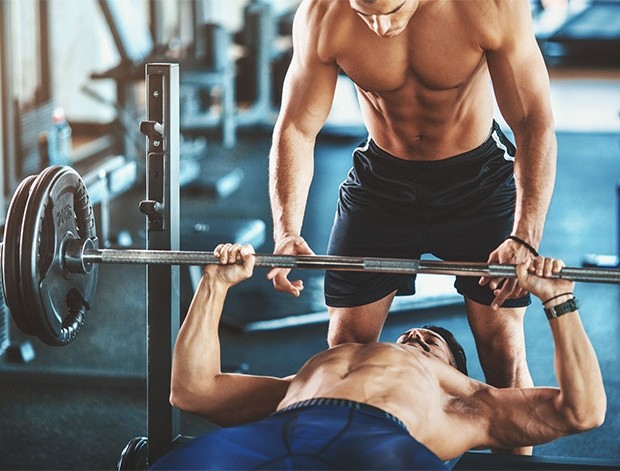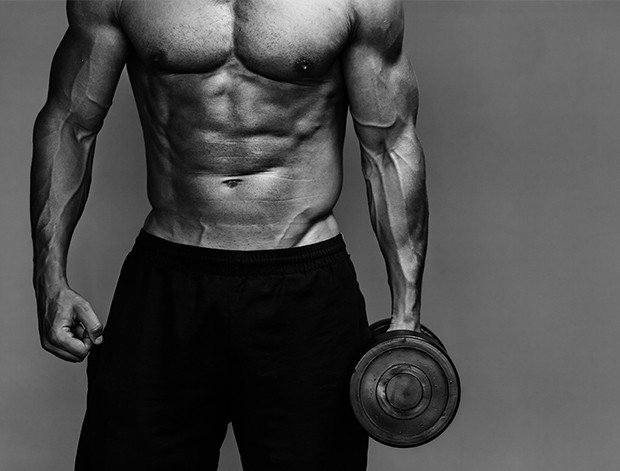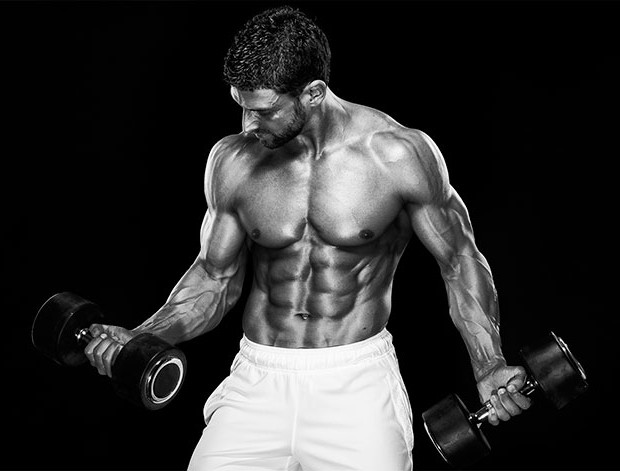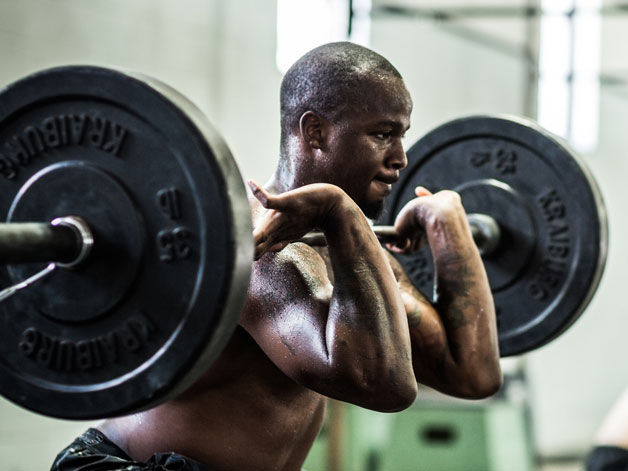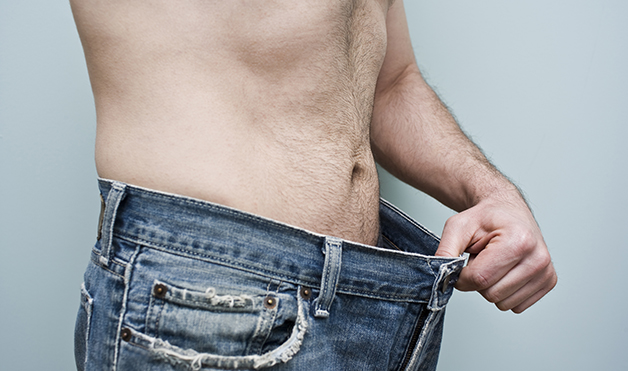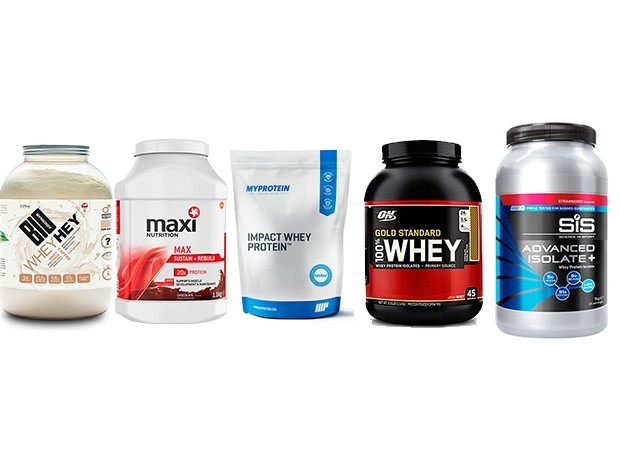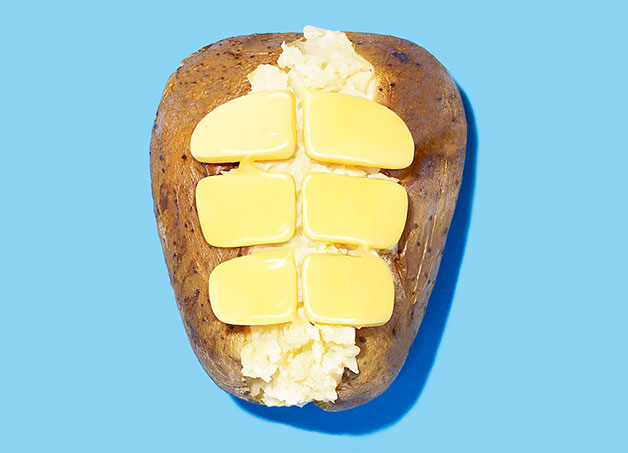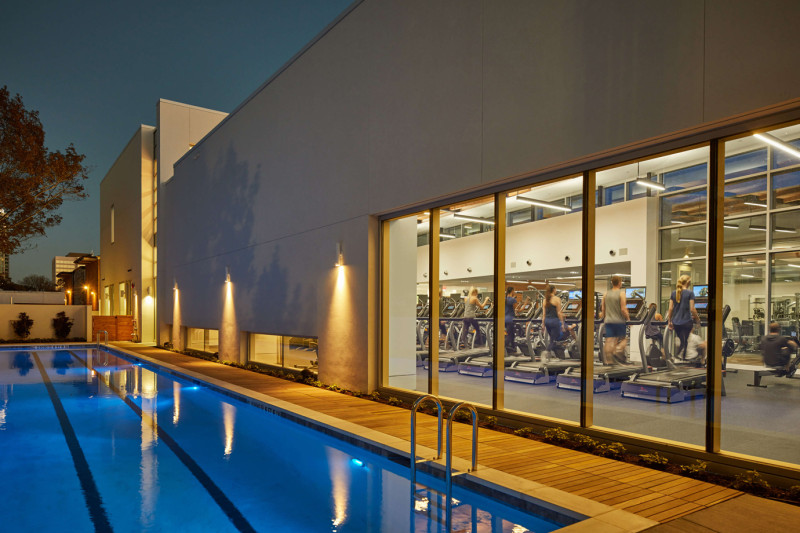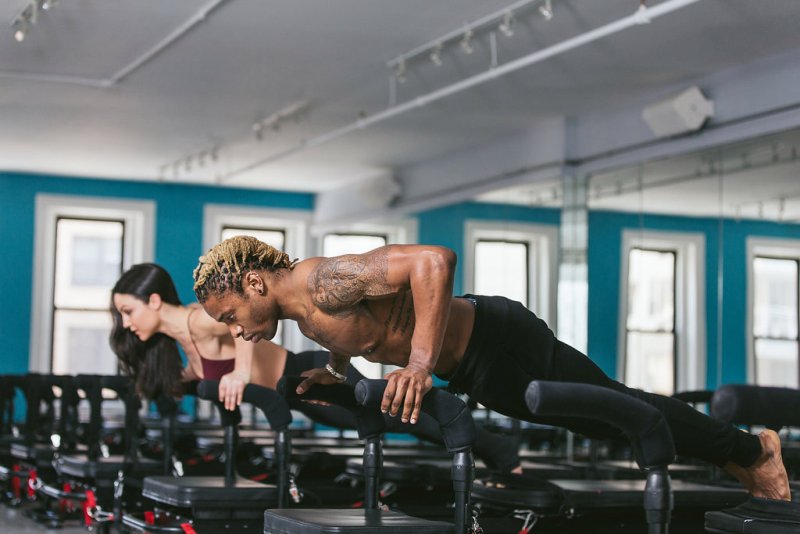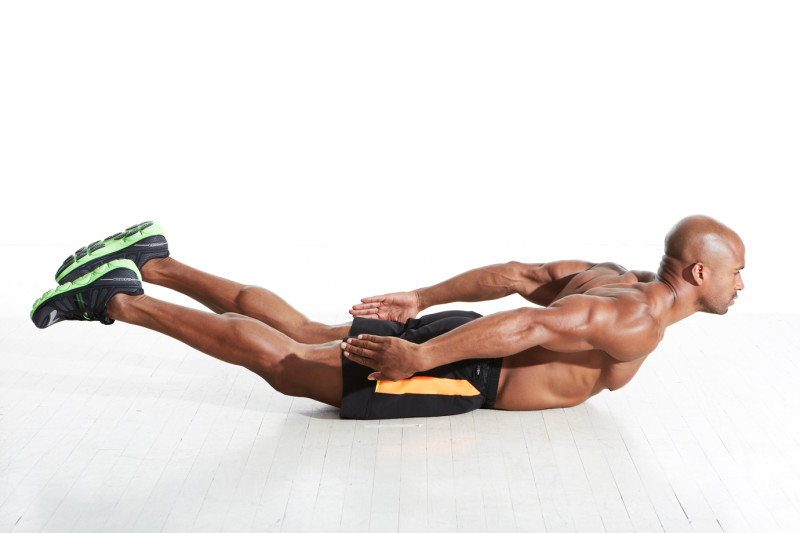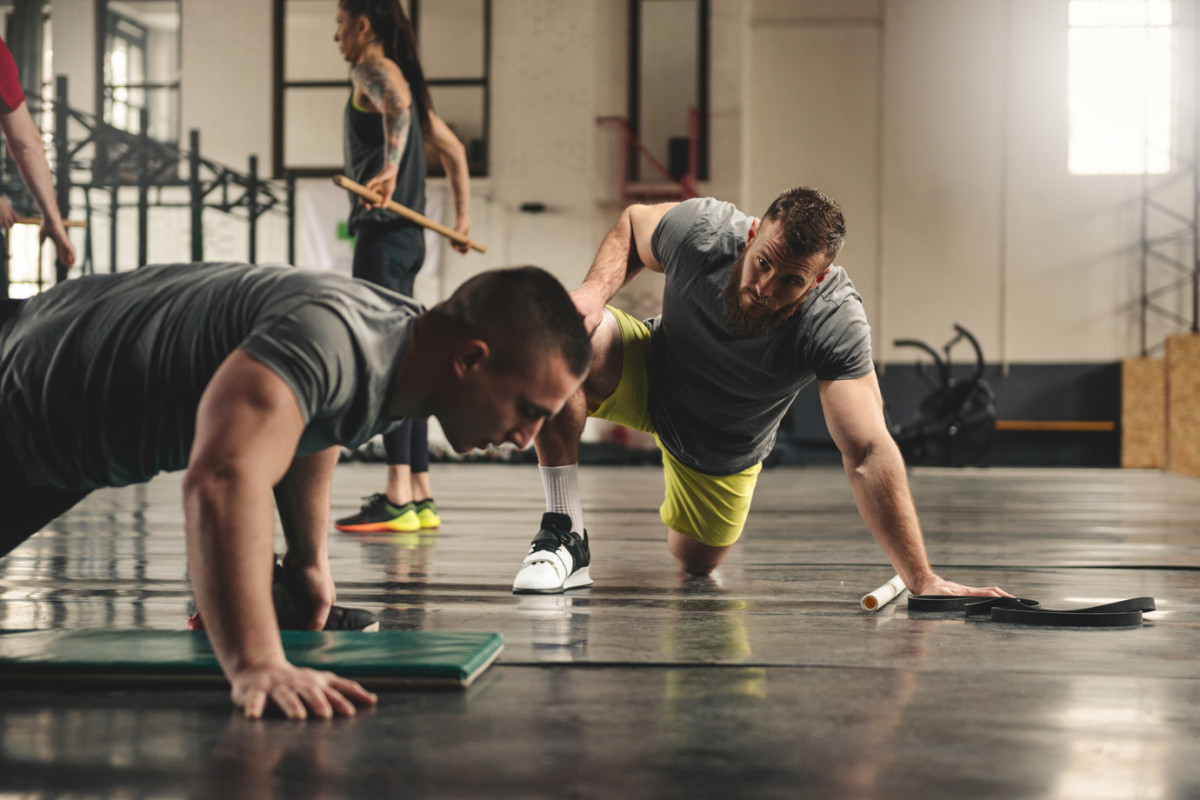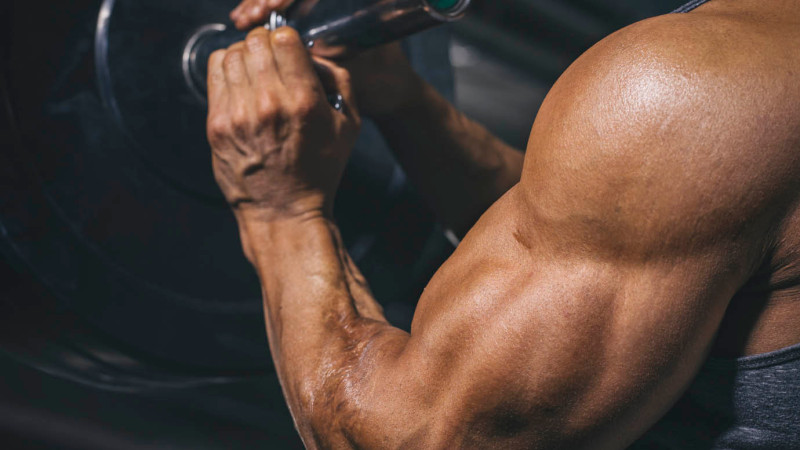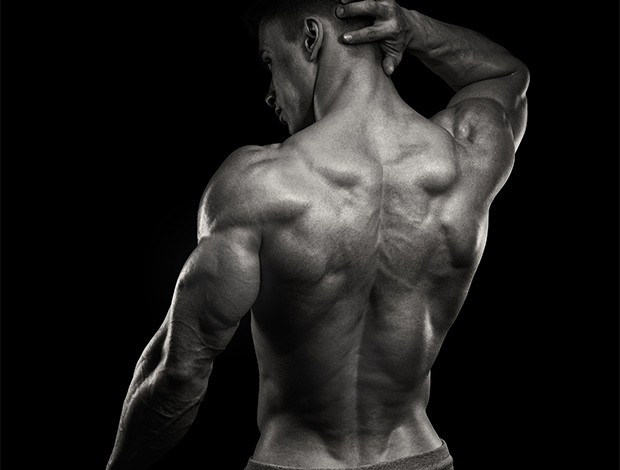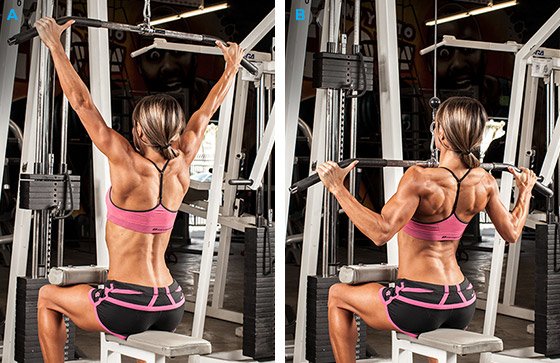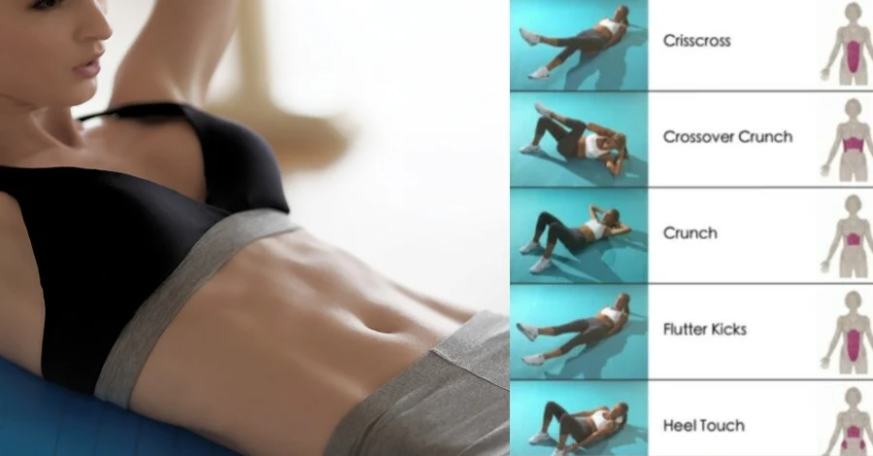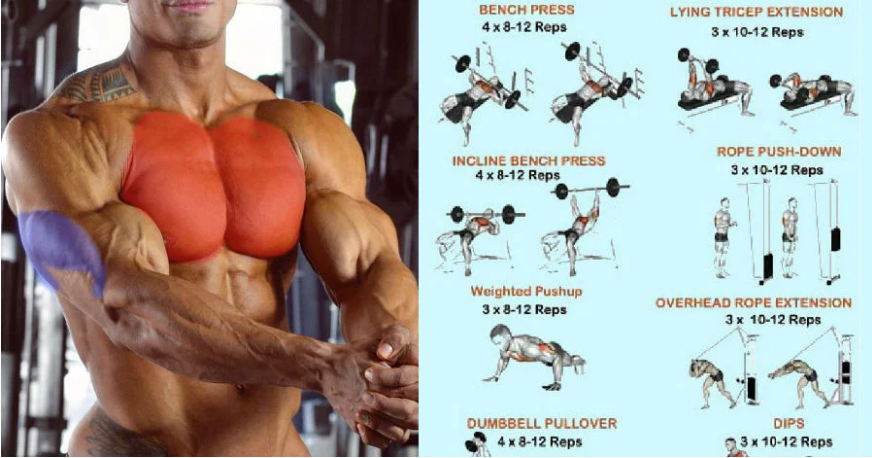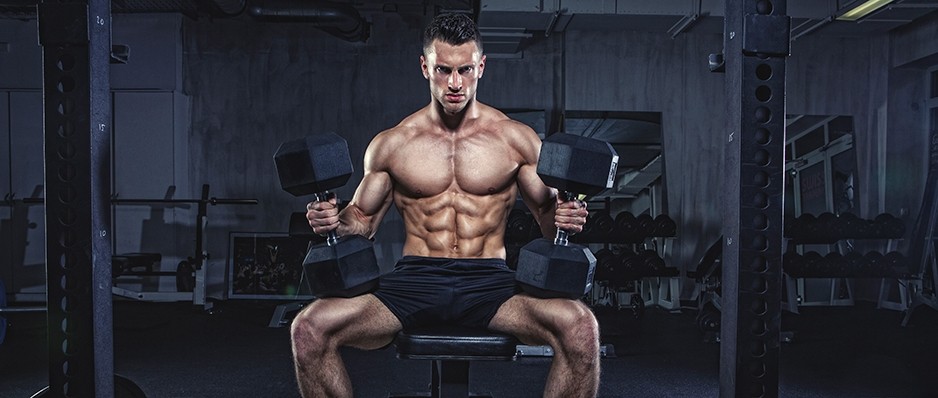Curious about your weekly splits? Here's everything you need to know

If you're serious about your muscle, then — hopefully — you're serious about putting in the time in to make your body stronger, fitter and faster. Unfortunately, one of the topics we come across the most is how often you should be training to build real, sustainable muscle. Here, we give you the answers you seek.
Grab a pen and take some notes.
Firstly, it's important to recognise your training age. A newbie lifter, generally speaking, will enjoy the most gains during their first few months of lifting — celebrity PT Scott Laidler suggests that a novice lifter is able to gain up to 4lbs of muscle in 30 days. Similarly, an essay published by The University of Washington detailed how the first 3-6 months of strict-form training was the most effective.
After two years of this training, however, things begin to change. Which explains why more experienced lifters have more of an uphill slog when it comes to building muscle.
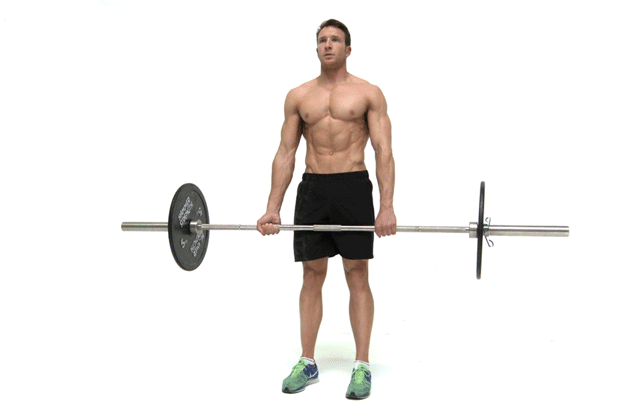
A study from McMaster University found experienced lifters, ones training for an average of two years or more, only obtain around 0.5lbs of lean muscle mass a month, as their body has already adapted to their lifting routine.
But how should your week of training look if muscle-building is your goal?
Well, according to a new review in the journal Sports Medicine, scientists found that you need to train each muscle group twice a week for maximum results.
Analysing 10 studies comparing muscle gain in people training muscles once, twice or three times weekly, the labcoats discovered that muscles worked twice a week grew more than in a single session.

So far, so obvious. But what makes it so? After lifting, a 'window' opens for muscle growth, which lasts approximately 48 hours. When that 48 hours is up, the muscle is no longer growing, unless you train it again.
Simply put, the more frequently you put a muscle into this state, the bigger it'll get. But you must let the muscle recover first. Training a body part that is already exhausted and sore won't lead to more muscle growth. In fact, you run the risk of injury. So, while your chest is repairing, work on another body part the next day.
Studies have also compared training frequencies and found that people who spread their sets over three days per week found similar gains to those who trained twice a week, meaning that you can work your training around your schedule — just stick to it.
Ideally, split your week into two upper and two lower-body days a week and results won't be far behind.



